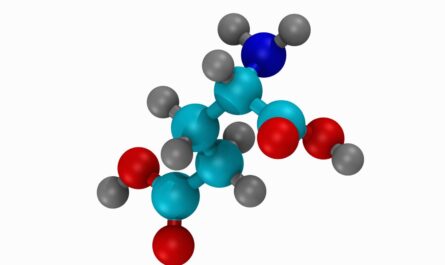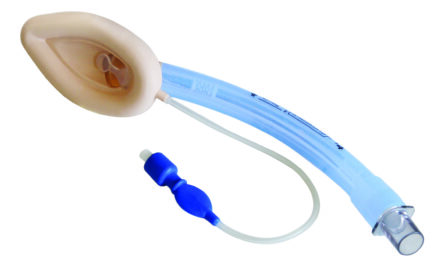
Types of Tourniquets
There are a few main types of tourniquets that are commonly used in surgery. Pneumatic tourniquets are some of the most widely used as they provide consistent pressure and are easy to apply and remove. Pneumatic tourniquets use compressed gas to inflate a cuff around the limb, helping to occlude blood flow. Another type is the manual tourniquet, which relies on manual force like a windlass system to tighten a strap or band around an extremity. While less high-tech than pneumatic versions, manual tourniquets can still be effective when needed in resource-limited settings. Elastic wrap tourniquets use stretchy bandage material wrapped tightly around a limb. They provide less pressure control than other options but can work in emergencies.
Application and Inflation
Correct application and inflation of a Surgical Tourniquets is crucial to its safe and effective use. The cuff is placed as proximally as possible on the affected limb, usually around the upper arm or thigh. It should be wide enough to fully encircle the limb without slipping. Once in place, the tourniquet is inflated until complete occlusion of arterial flow is achieved, as determined by loss of pulse below the cuff. Standard inflation pressure is between 250-350mmHg for limbs. Higher pressure should be avoided to prevent injury. The specific pressure needed may vary depending on factors like patient size and location on the limb.
Benefits in Surgery
By limiting blood flow to a surgery site, tourniquets provide key benefits that enhance surgical outcomes. One major advantage is a dry, bloodless field during the procedure, allowing for better visualization. This improves accuracy and precision, leading to fewer complications. Tourniquets also reduce blood loss during surgery, helping to minimize transfusions needed. Less blood loss means less risk of issues like anemia, infections, and transfusions reactions. Controlling hemorrhage is critical for many procedures involving limbs, from simple repairs to complex trauma or reconstruction cases. Tourniquets increase safety both during and after surgery.
Safety Considerations
While Surgical Tourniquets enable improved surgery when used correctly, there are safety aspects that must be considered. Prolonged inflation increases risk of injury to nerves and soft tissues underneath the cuff from pressure and ischemia. The recommended maximum inflation time for tourniquets is 2 hours for adults and 1 hour for children. Careful patient monitoring helps ensure prompt deflation once surgery is complete to restore circulation. Tourniquet syndrome can occur if reperfusion is too rapid, potentially causing swelling, pain, and paresthesias. Slow, controlled release of pressure over 1-2 minutes helps prevent this. Proper selection of tourniquet type, size, and pressure level also reduces risk of complications.
Additional Applications
Beyond its well-established use in limb surgery, tourniquets have expanded to other areas as well. Some surgeons now utilize tourniquets in certain abdominal and pelvic procedures to improve visualization and control bleeding from small vessels. Pneumatic cuffs are adapted for placement around arms or upper thighs to occlude iliac or femoral arteries supplying the surgical field. Tourniquets may also aid in controlling epistaxis (nosebleeds), allowing for procedures in the nasal cavity. Emergency medical personnel sometimes apply tourniquets to limbs with life-threatening hemorrhage until definitive care can be provided. As techniques progress, tourniquets continue to prove instrumental in optimizing surgical and trauma outcomes.
Alternative Hemostatic Options
While tourniquets are considered the gold standard for managing blood loss during many surgeries, there are also alternative hemostatic adjuncts that can supplement or in some cases replace tourniquet use. Topical hemostats like collagen or fibrin sealants can quickly cease capillary and venous bleeding when applied directly during procedures. Certain surgeries may utilize vascular clips, sutures or other ligatures to control specific large vessels. Electrocautery helps achieve hemostasis through thermal coagulation of tissue and small vessels. Energy-based devices like ligasure, harmonic scalpels, and bipolar sealing systems provide focused vessel closure. Advances in hemostatic agents expand options for minimal blood loss during minimally invasive or complex surgeries where tourniquets may not be practical. These alternatives widen the surgical toolbox while still maintaining blood management as a priority.
Tourniquet Safety Training
Correct understanding and implementation of tourniquet protocols are paramount for safety. Formal training on tourniquet application, monitoring, deflation and management of potential complications should be part of medical education for all personnel who utilize them. Refresher training remains important since best practices may evolve over time with new evidence or techniques. Multidisciplinary simulation can effectively teach both technical and non-technical skills like communication, teamwork and crisis management that impact patient outcomes. Standardized tourniquet guidelines and procedures customized for individual facilities ensure consistent, high-quality care. Audit and review of tourniquet use incidents provides opportunities for improvement. With proper safety education and protocols in place, surgical tourniquets will continue serving as an indispensable tool for blood control.
In summary, surgical tourniquets have been a mainstay of surgery since ancient times due to their profound benefits primarily because of their significant advantages in achieving surgical hemostasis. Despite being perceived as simple device, tourniquets play a crucial role in ensuring patient safety, enhancing surgical accuracy, and improving efficiency in the operating room. Continuous training ensures that healthcare providers remain well knowledgeable about the latest safe practices regarding surgical tourniquet usage.



